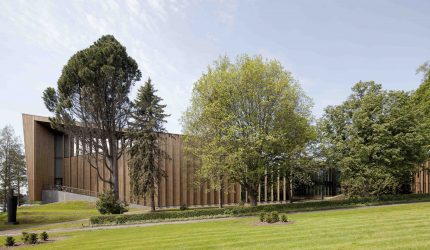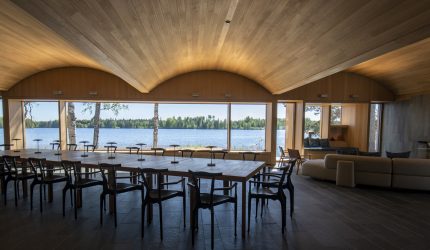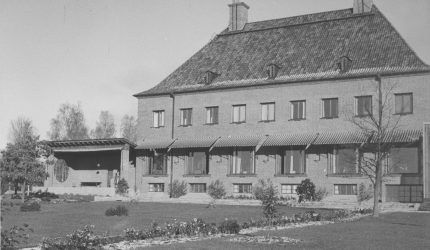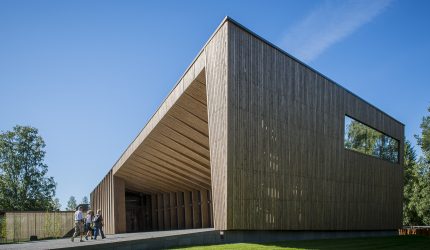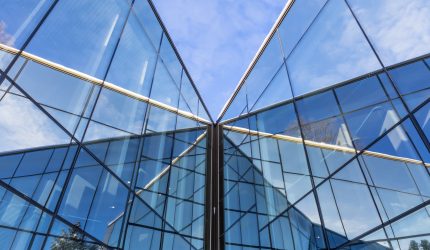Serlachius Manor
Serlachius Manor has been established in the paper mill owner’s former manor home, which has exhibited the Gösta Serlachius Fine Arts Foundations’s collections since 1945. A modern wood-constructed extension was build by its side enabling shows of contemporary art and interesting thematic exhibitions beside the classic artworks from the Serlachius Collection.
The manor was completed in 1935. It became the mill owner Gösta Serlachius’ private residence, where he also entertained his guests. The first floor of the building designed by Finnish architect Jarl Eklund has served as an art museum since 1945. The museum was the eighth art museum in Finland at that time. After a renovation, the entire building has operated as an art museum since 1984. The Gösta Serlachius Fine Arts Foundation’s collections are famous for its pearls of Finnish art. Therefore, Serlachius Manor shows the masterpieces of artists from the Golden Age of Finnish art. In addition to that the collection of old European master paintings which is rare in Finnish scale is on show.
The annex
An example of modern wood construction, the annex rose in connection to the Serlachius Manor in summer 2014. Its modern wood architecture enables exhibitions larger and more versatile than before. Along with the pavilion, the Serlachius Manor got modern public areas: a magnificent restaurant with a beautiful view, a festival hall, a spacious museum shop and modern art storage and conservation spaces.
Beside exhibitions, Serlachius Manor offers also versatile cultural events. Year round, the Kivijärvi Hall of the pavilion is the stage for concerts, theatrical performances and seminars. Located amid lakeside nature, Serlachius Manor is a magnificent setting for the annual concerts of Mänttä Music Festival as well as the culinary event Mänttä Food Festival. Also private organisers have their events at the Serlachius Manor.
Park milieu
The Serlachius Manor is located amid lakeside nature in a cultural historically valuable milieu by the Lake Melasjärvi. Since 1930s, the park has been an essential part of manor’s cultural landscape. Garden architect Paul Olsson designed the first plans for the park which landscape architect Gretel Hemgård’s office updated in 1996. The same office renewed the park designs in 2014 in connection of the construction of the annex.
The park shows a large number of sculptures by Harry Kivijärvi. Collection Kivijärvi Foundation donned the artworks to the Gösta Serlachius Fine Arts Foundation in 2011. The Serlachius Manor and the sculptures located in the park structure the landscape creating new spaces and places for the gaze to pause. Embracing the magnificent lakeside views, the walking paths in park lead the visitors to the bridge and to the near-by Island Taavetinsaari, where one can view artworks in summertime amid Finnish forest and lakeside nature.


